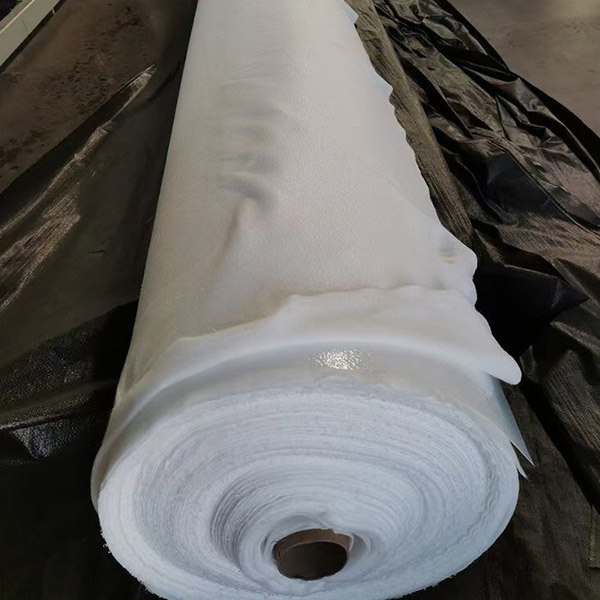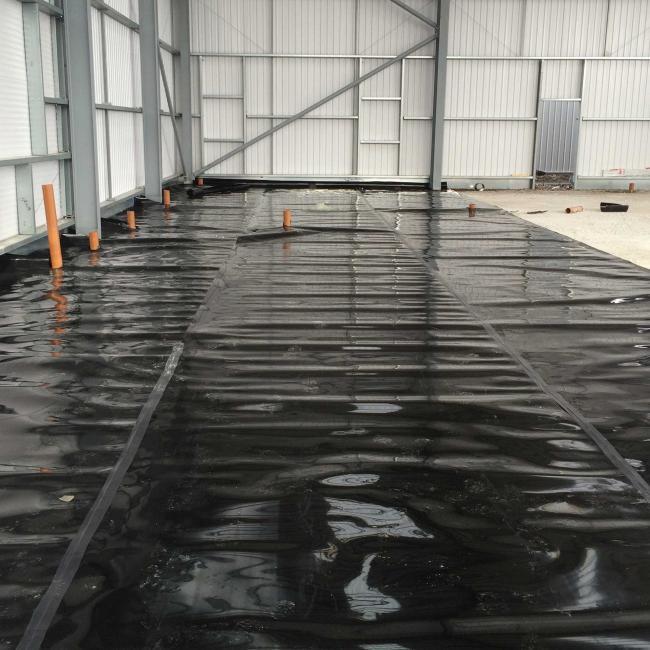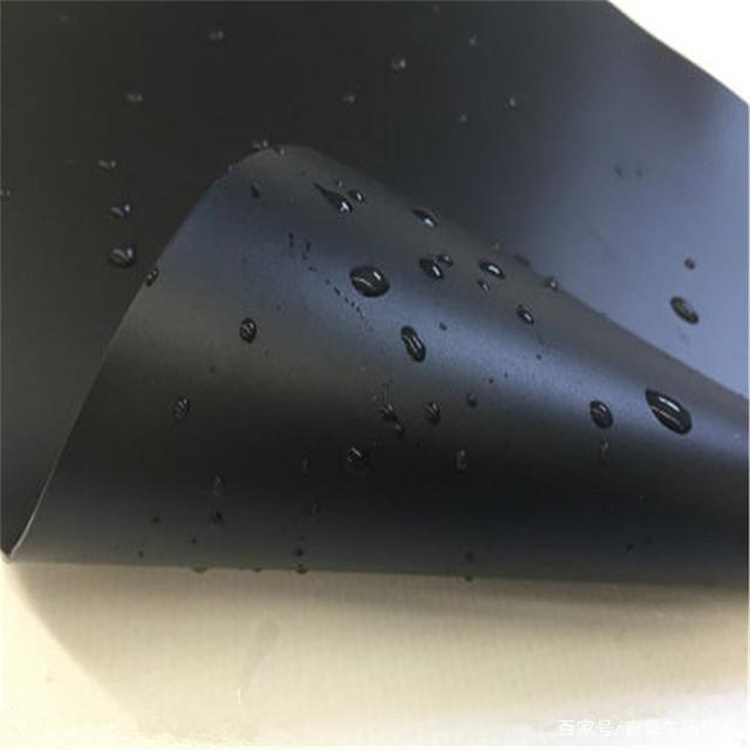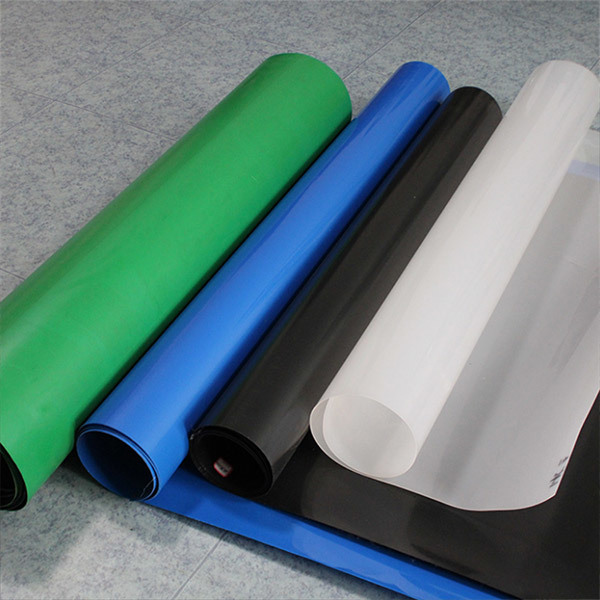How EPI Geomembrane Enhances Soil Protection in Construction
Time:
Jul 12,2025
How EPI Geomembrane Enhances Soil Protection in Construction Table of Contents 1. Introduction to EPI Geomembranes 2. Understanding Soil Protection in Construction 3. Key Features of EPI Geomembranes 3.1. Durability and Longevity 3.2. Chemical Resistance 3.3. Environmental Benefits 4. Applications of EPI Geomembranes 4.1. Landfills and Waste Management 4.2. Water Reservoirs and
How EPI Geomembrane Enhances Soil Protection in Construction
Table of Contents
1. Introduction to EPI Geomembranes
2. Understanding Soil Protection in Construction
3. Key Features of EPI Geomembranes
3.1. Durability and Longevity
3.2. Chemical Resistance
3.3. Environmental Benefits
4. Applications of EPI Geomembranes
4.1. Landfills and Waste Management
4.2. Water Reservoirs and Dams
4.3. Mining and Industrial Applications
5. Installation Process of EPI Geomembranes
6. Comparison with Other Soil Protection Methods
7. Frequently Asked Questions (FAQs)
8. Conclusion
1. Introduction to EPI Geomembranes
EPI (Environmental Protection, Inc.) geomembranes are high-quality synthetic liners designed to provide superior protection to soil in various construction applications. These versatile materials are engineered to withstand challenging environmental conditions, making them essential in the construction industry. EPI geomembranes not only guard against soil contamination but also enhance the stability and integrity of construction projects.
2. Understanding Soil Protection in Construction
Soil protection is a critical aspect of construction that focuses on preventing the degradation of soil quality during and after construction projects. Soil contamination can arise from various sources, including chemical spills, waste materials, and runoff. Effective soil protection measures ensure that construction activities do not negatively impact the surrounding environment, thereby promoting sustainable building practices.
3. Key Features of EPI Geomembranes
EPI geomembranes stand out in the construction industry due to their unique properties and functionalities. Below, we delve into the key features that make EPI geomembranes a preferred choice for soil protection.
3.1. Durability and Longevity
One of the most significant advantages of EPI geomembranes is their exceptional durability. Made from high-density polyethylene (HDPE) or other advanced polymers, these geomembranes can withstand extreme weather conditions, UV radiation, and physical stress. This durability ensures that they last for decades, providing long-term protection for soil and other structures.
3.2. Chemical Resistance
EPI geomembranes exhibit excellent resistance to a wide range of chemicals, including acids, bases, and organic solvents. This property is crucial in applications such as landfills and industrial sites, where exposure to hazardous materials is common. The ability to resist chemical degradation helps maintain the integrity of soil and prevents contamination from leaching.
3.3. Environmental Benefits
The use of EPI geomembranes contributes to environmental sustainability. By preventing soil contamination and reducing water pollution, these geomembranes play a vital role in protecting local ecosystems. Additionally, their longevity reduces the need for frequent replacements, minimizing waste and resource consumption.
4. Applications of EPI Geomembranes
EPI geomembranes are utilized in various applications across the construction industry. Their versatility makes them suitable for diverse projects, including but not limited to the following:
4.1. Landfills and Waste Management
In landfill applications, EPI geomembranes serve as liners to prevent leachate from contaminating the surrounding soil and groundwater. These liners are critical for maintaining environmental safety and compliance with regulatory standards.
4.2. Water Reservoirs and Dams
EPI geomembranes are often used in the construction of water reservoirs and dams, acting as liners to prevent water loss through seepage. Their waterproof nature ensures that construction projects maintain their intended water levels, enhancing efficiency and resource management.
4.3. Mining and Industrial Applications
In mining operations, EPI geomembranes are employed to protect soil and water resources from toxic byproducts and waste materials. By using these geomembranes, companies can adhere to environmental regulations while minimizing their ecological footprint.
5. Installation Process of EPI Geomembranes
The installation of EPI geomembranes requires careful planning and execution to ensure optimal performance. The process typically includes site preparation, material selection, and proper installation techniques.
Initially, the site must be cleared of debris and vegetation, followed by the creation of a smooth surface to facilitate the installation. EPI geomembranes are then laid out and secured in place, often using mechanical fasteners or adhesive. Finally, the seams are welded to create a continuous barrier, ensuring maximum effectiveness in soil protection.
6. Comparison with Other Soil Protection Methods
When evaluating soil protection methods, EPI geomembranes stand out for their effectiveness and durability compared to traditional methods, such as soil stabilization or physical barriers. While soil stabilization techniques may require ongoing maintenance and may not provide complete protection against contaminants, EPI geomembranes offer a more reliable, low-maintenance solution that enhances the longevity of construction projects.
7. Frequently Asked Questions (FAQs)
7.1. What is the lifespan of EPI geomembranes?
EPI geomembranes are designed to last for 30 years or more when properly installed and maintained, making them a long-term solution for soil protection.
7.2. Are EPI geomembranes environmentally friendly?
Yes, EPI geomembranes are environmentally friendly as they prevent soil and groundwater contamination and reduce the need for frequent replacements.
7.3. Can EPI geomembranes be used in cold climates?
Absolutely! EPI geomembranes are engineered to perform effectively in various environmental conditions, including cold climates.
7.4. How are EPI geomembranes installed?
The installation involves site preparation, laying out the geomembranes, securing them in place, and welding the seams to create a continuous protective barrier.
7.5. What industries benefit from EPI geomembranes?
Industries such as construction, mining, waste management, and water conservation all benefit from the use of EPI geomembranes for soil protection.
8. Conclusion
EPI geomembranes play a pivotal role in enhancing soil protection in construction projects. Their durability, chemical resistance, and environmental benefits make them an invaluable asset across various applications. By investing in EPI geomembranes, construction professionals can ensure compliance with environmental regulations while safeguarding soil quality for future generations. As the construction industry continues to evolve, EPI geomembranes will undoubtedly remain at the forefront of sustainable practices, contributing to a cleaner, safer environment.





